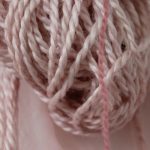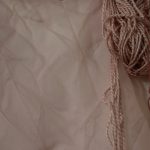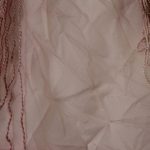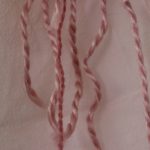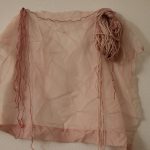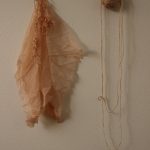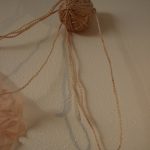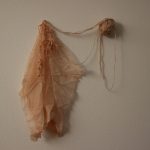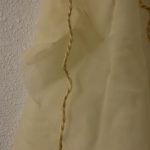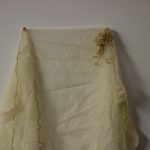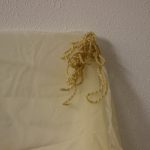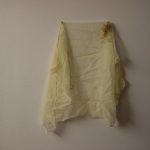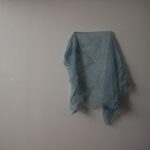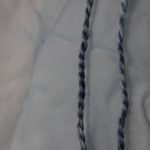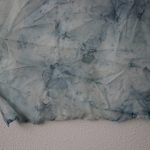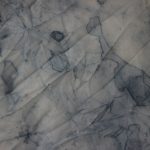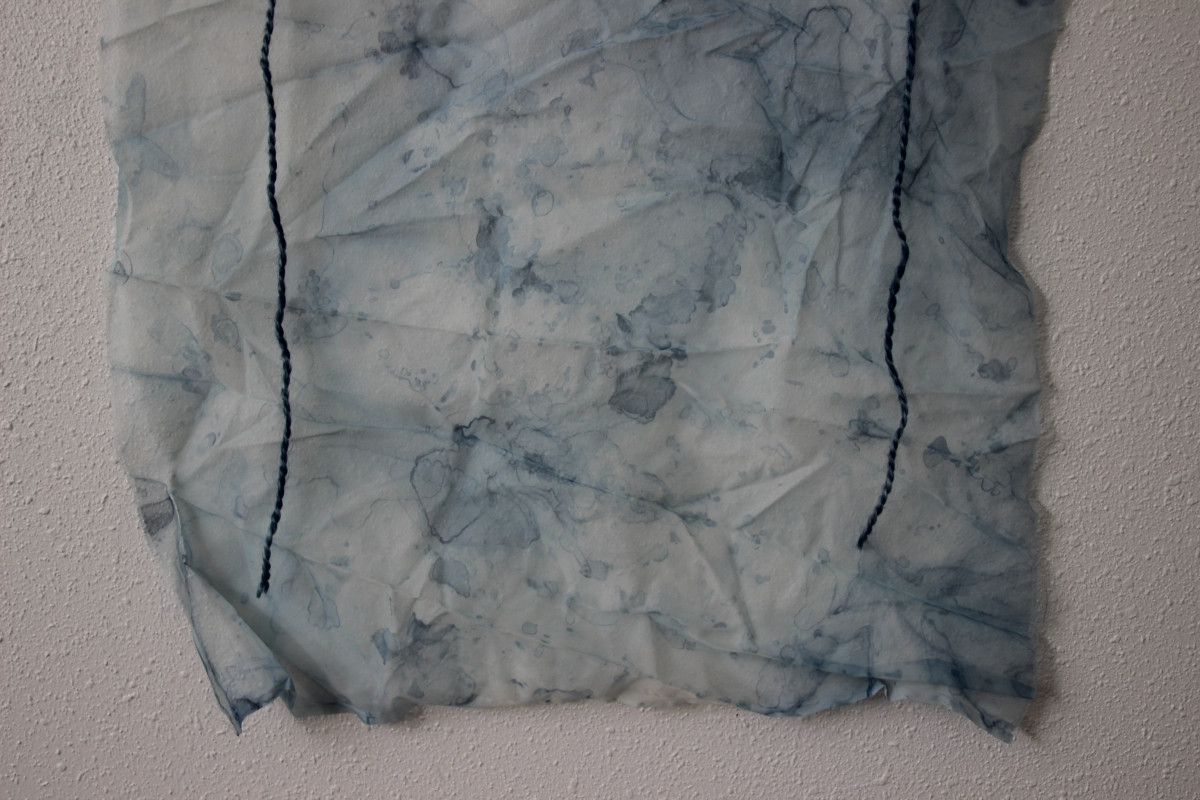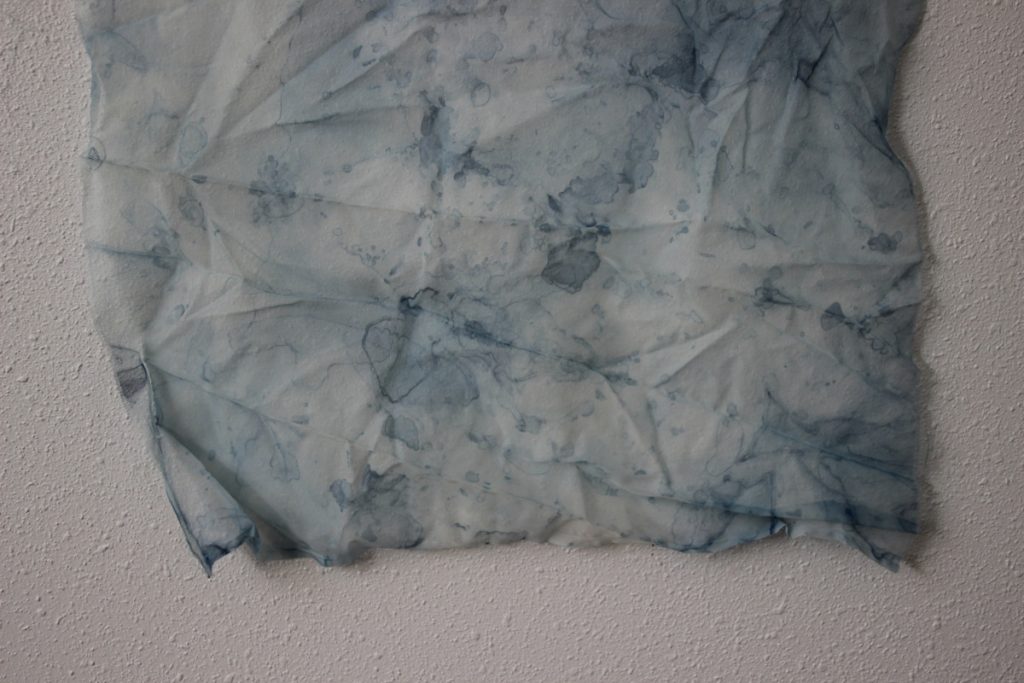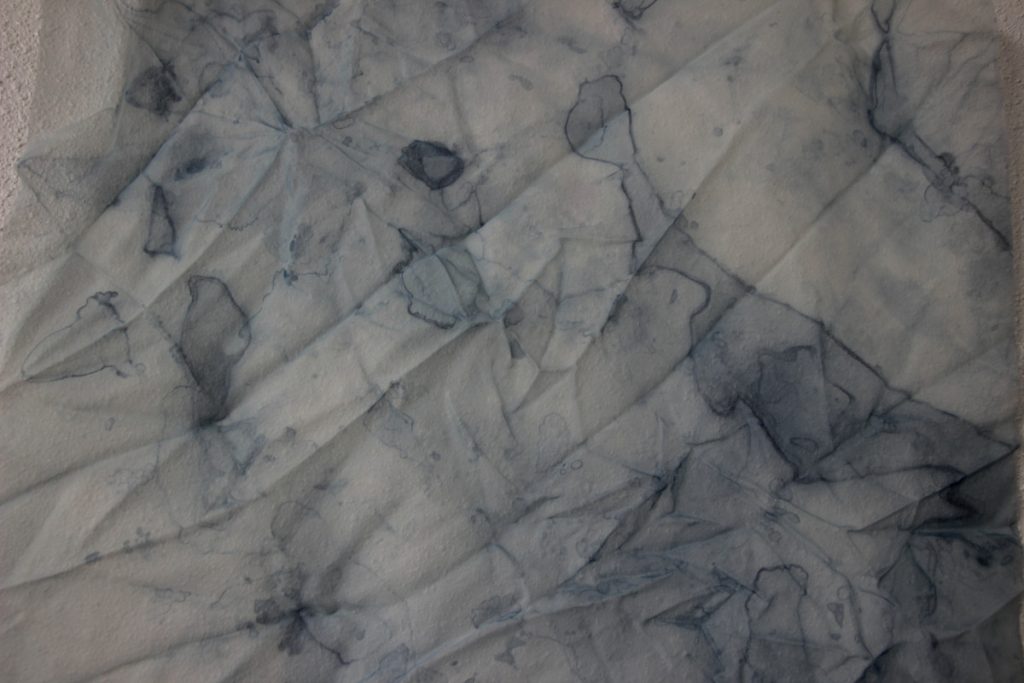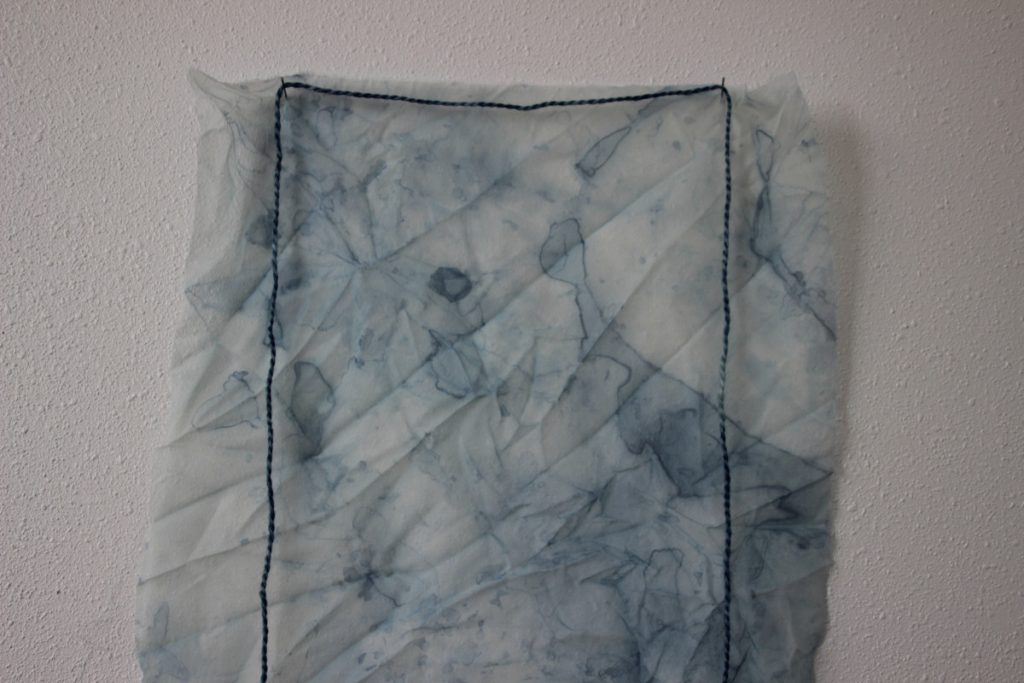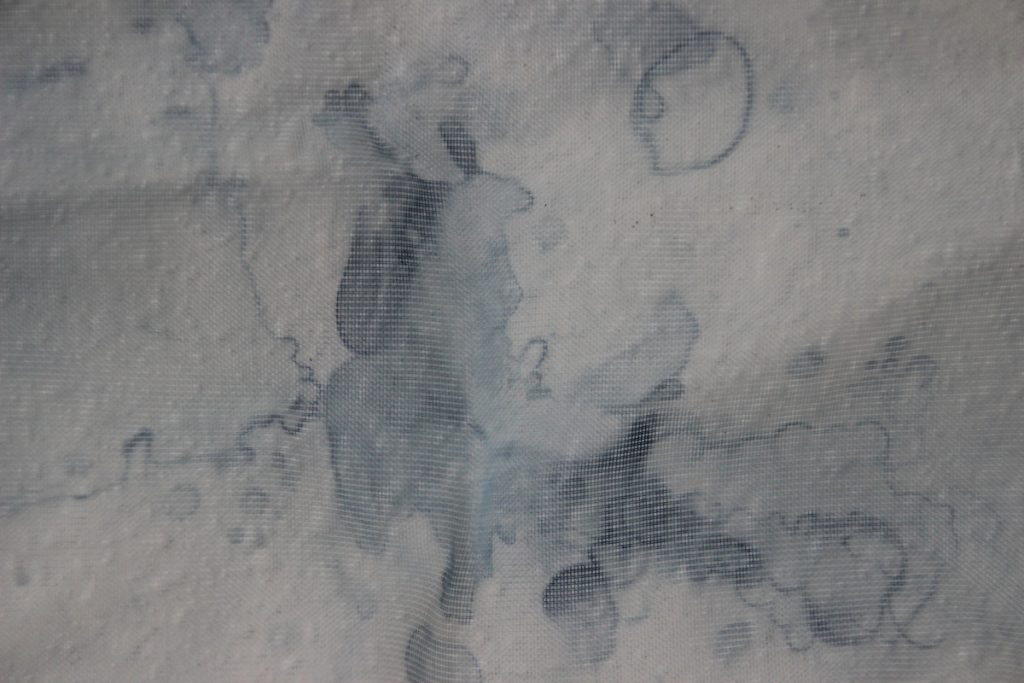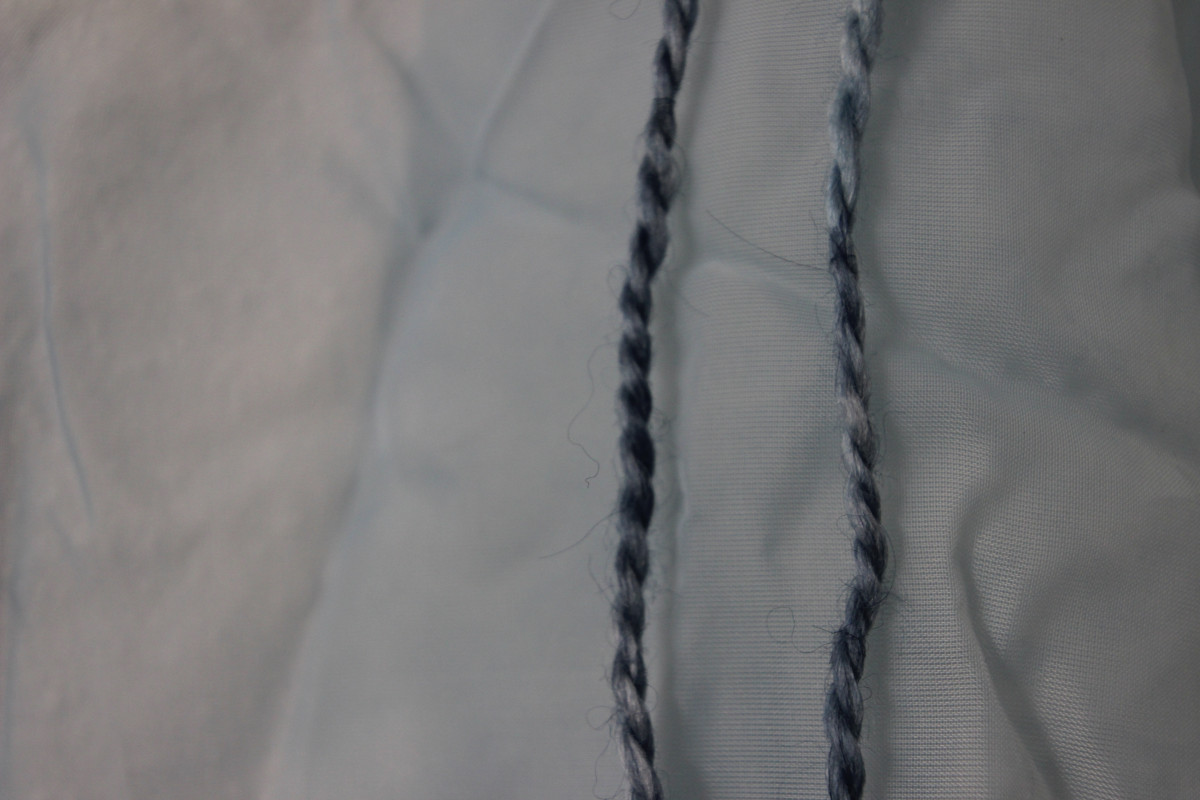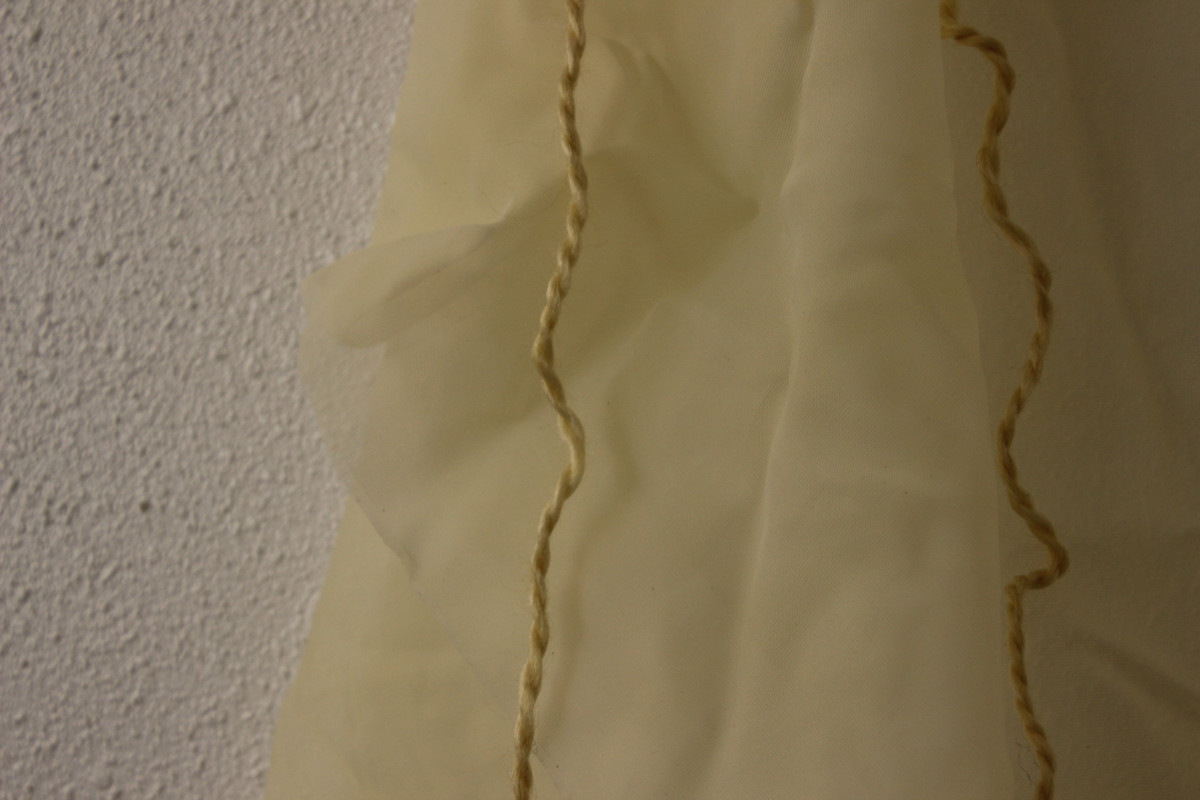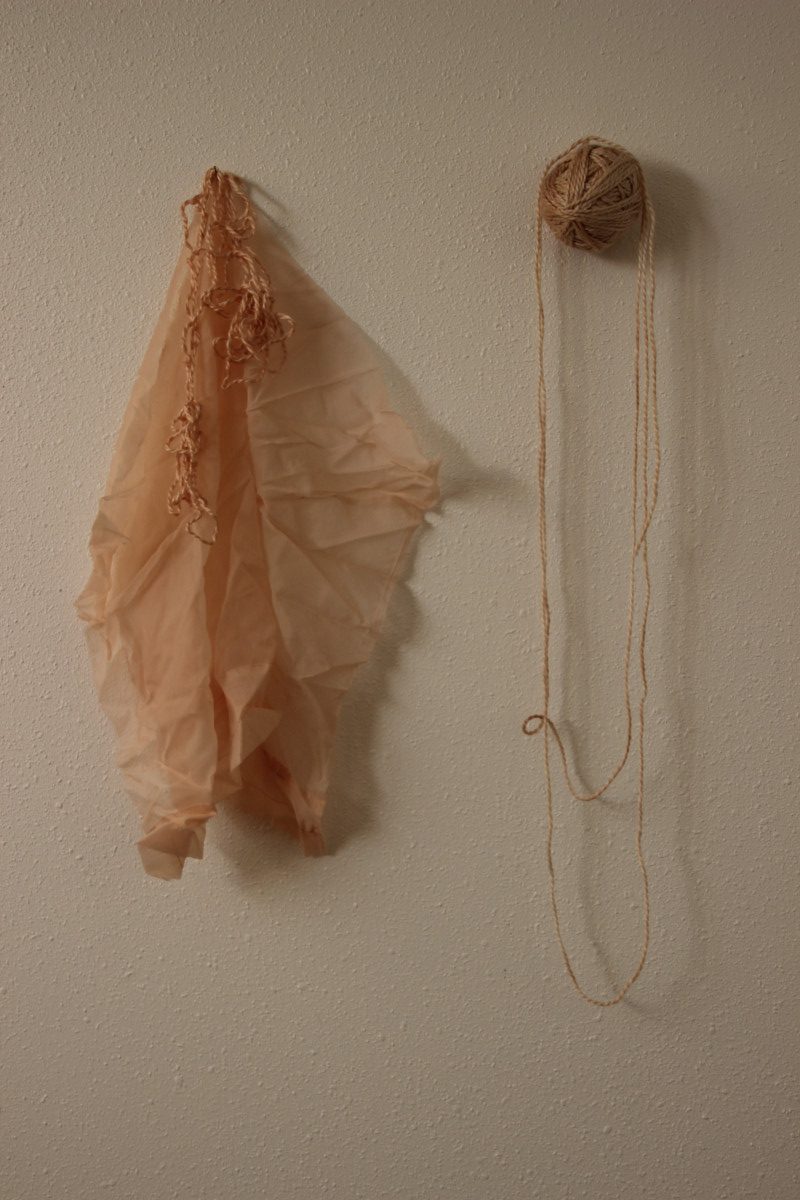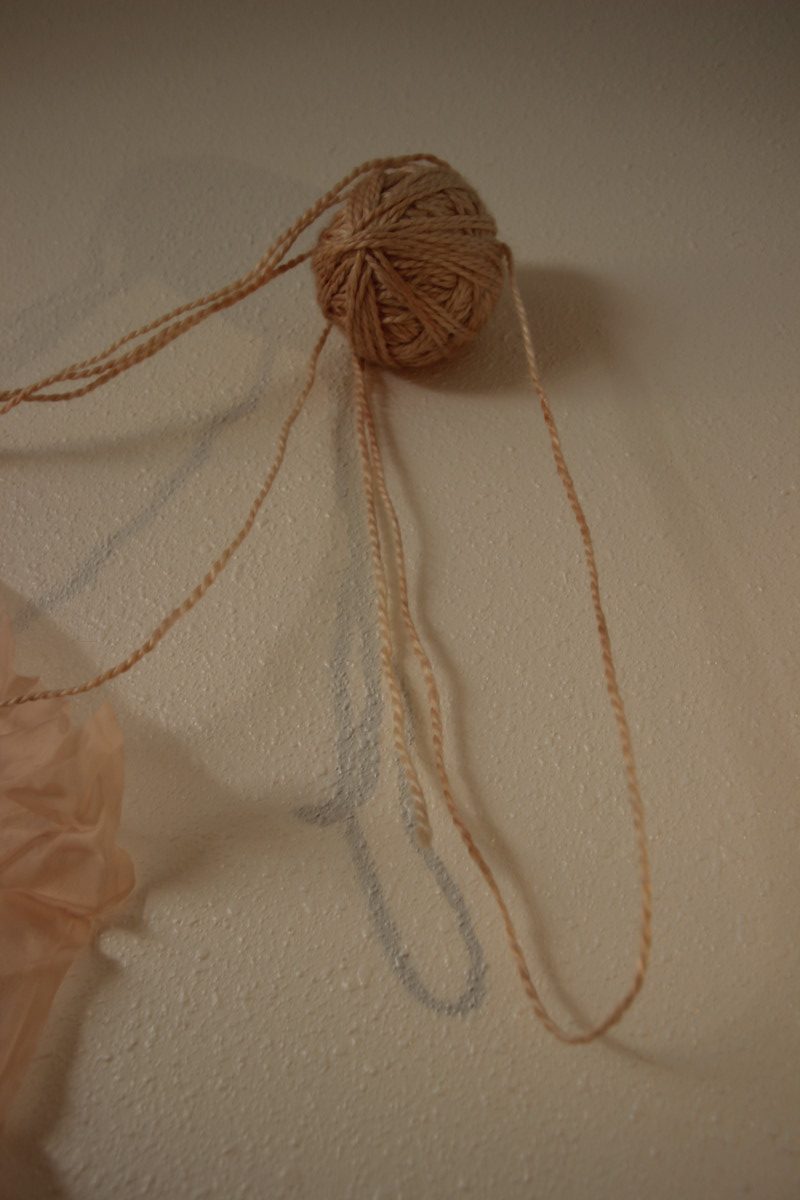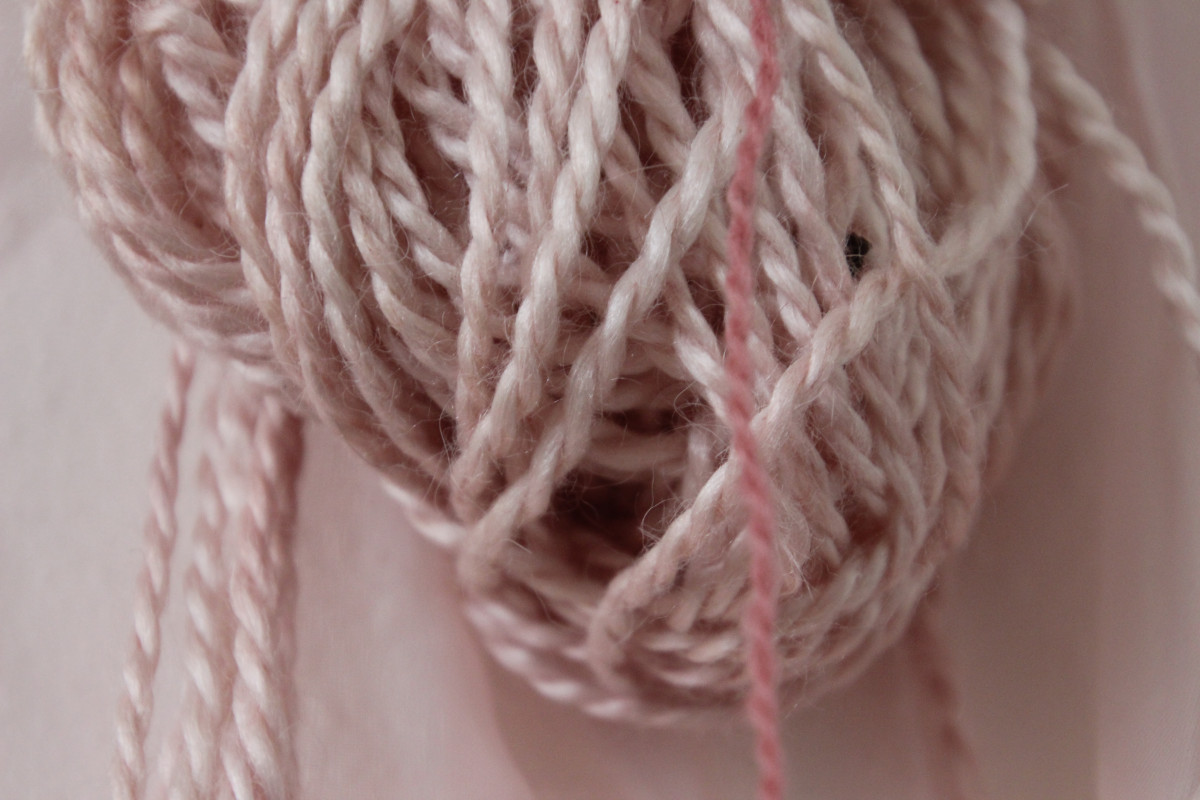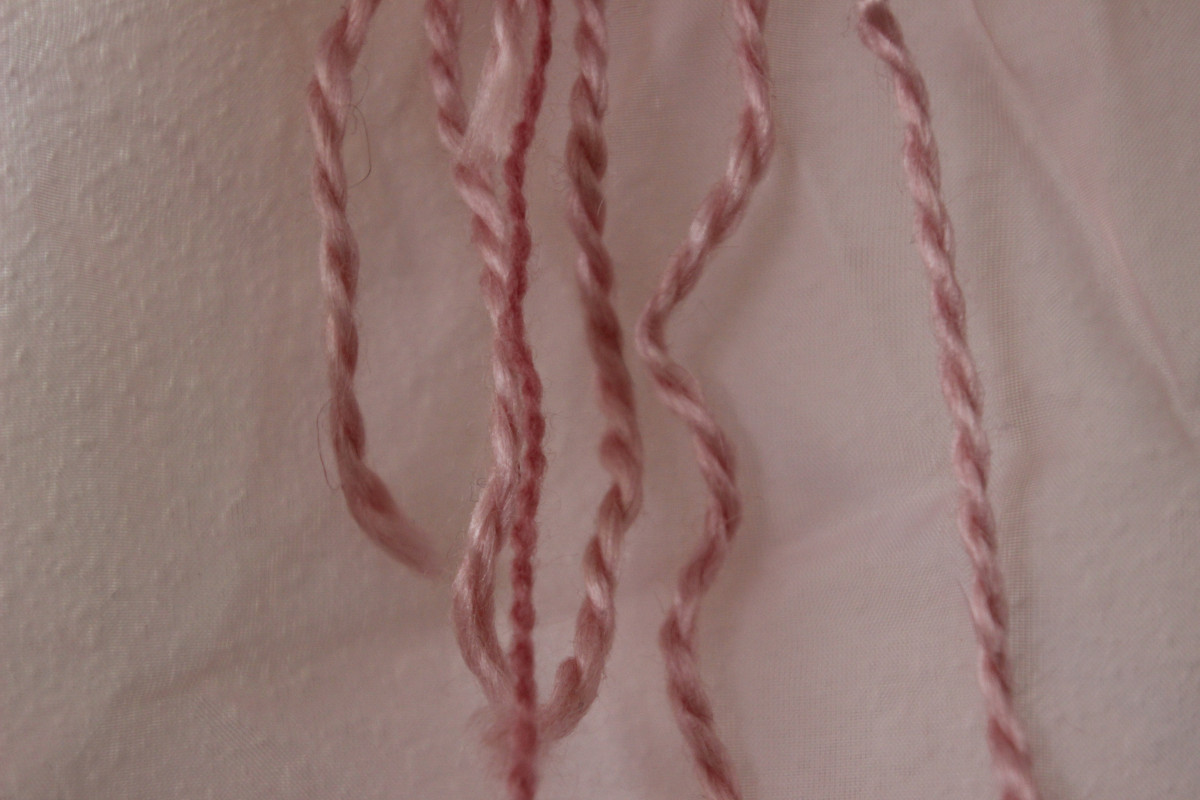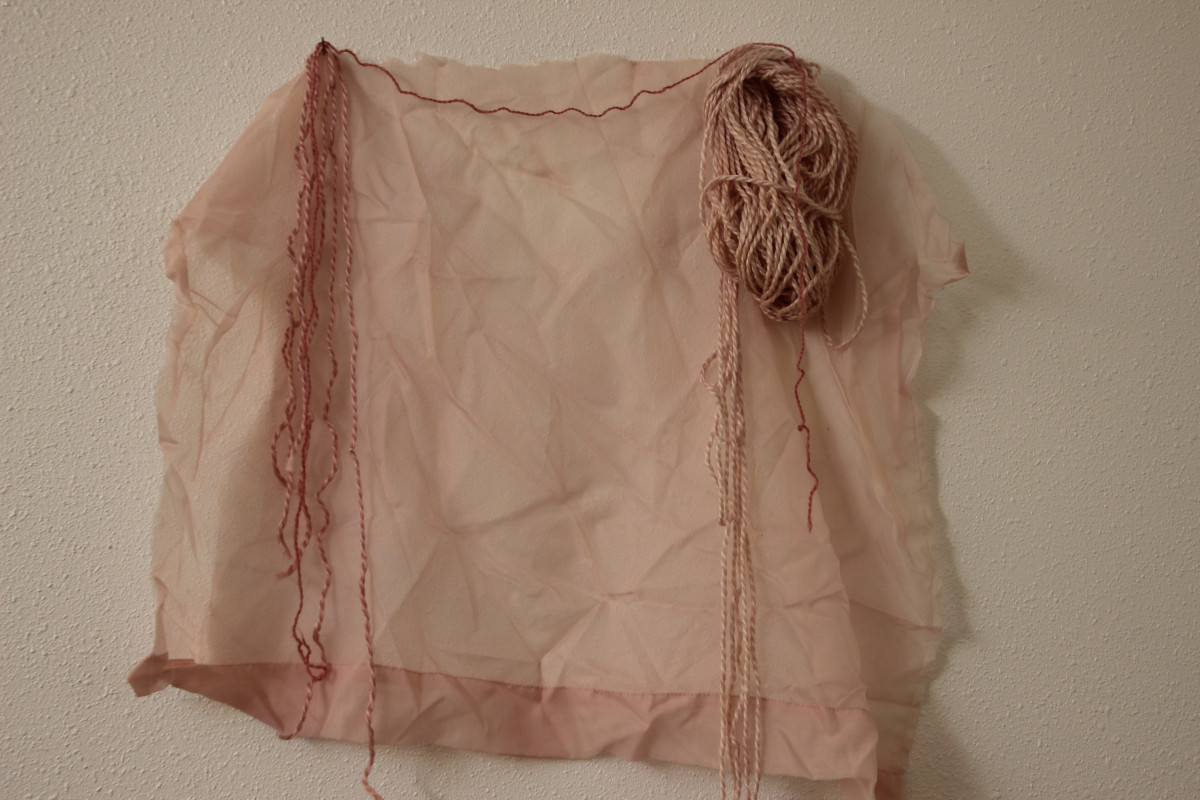Brazil Wood, Madder, Butterfly Bush and Indigo on upcycled fabric

I have been told multiple times that dyeing on fabric that isn’t 100% a certain type of fiber, whether its cellulose or protein, isn’t worth my time. Mixed and synthetic fibers don’t absorb pigment as good as a 100% cotton or silk would. It When dyeing with any fabric it is extremely important to pre-treat your fabric before you dye it by ‘scouring’ it. There are a variety of scouring ingredients to use, depending on what fabric or what kind of dye you are using. For instance some people use Soda Ash or salt, I use a Ph neutral organic soap because that is what I was originally taught although I would like to explore more. (note: if you use salt it can affect the Ph of your fabric changing the color, I like to use salt as a Mordant instead!) While it is important to treat all of your fabrics, it is extremely important to scour your synthetic fabrics. Scouring the fiber helps remove chemicals, waxes, oils and starches that have been added to the fibers through the manufacturing process. Without scouring your fabric your pigment will attach to the chemical compounds or wax coatings instead of the actual fibers, causing them to not last long or be as vibrant. You can experiment with this by weighing your fibers before and after to see how much weight is lost through the scouring process.
While I understand that knowing your fibers are 100% provides a better pigment, I also understand that the production of any fibers, organic or not are having a negative impact on our planet and culture. I see upcycling clothes and fabrics as an important alternative to this. While some fibers are clearly better than others, the real problem is that we are producing too much, creating large quantities of waste. Today, on average, each person throws away 80 pounds of clothing each year, that’s 14 million tons in total. Throw away culture has tremendous effects on our environment, the EPA recently stated that taking all of these “trashed” clothes and putting them into a recycling program would be the same as taking 7.3 million cars off the road. Not too mention these fabrics are heavily treated with chemicals that will no doubt leach into water supplies or become air pollution in an incinerator.
So I search the thrift stores and garage sales for white to beige fabrics on sale. While some of my results have been less than impressive, some have been outstanding.
I think all of this is worth my time. But I understand if I was trying to make a business, to sustain myself or a family, this might be different.

All of these dyes were sitting in my fridge for some time and I left the fabric and yarn sit in a dye bath over night.
Indigo:

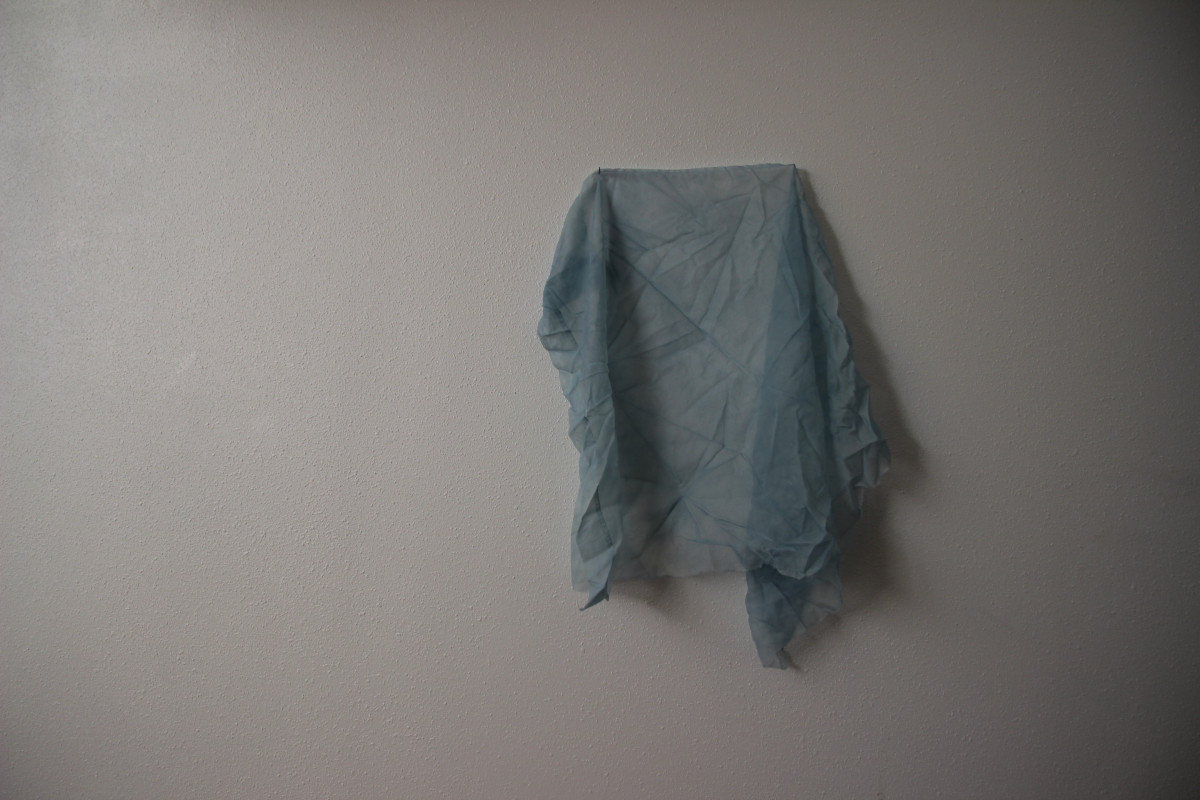
Butterfly Bush Buddleia Davidii :

Madder:
Brazil Wood:
This was my first experiment with upcycled fibers that I did not know the content of.
